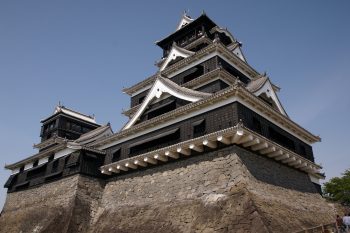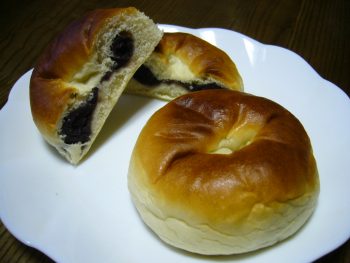Traditional Japanese Theater Posted by Ginny on Aug 22, 2010
Traditional Japanese theater is elaborate, interesting, and a feast for the eyes. I would recommend seeing at least one traditional Japanese performance out of the three main forms of traditional Japanese theater. Nō (能) is a type of theater where actors usually wear a mask that depicts an emotion or expression. The actors perform with…
Japanese Martial Arts Posted by Ginny on Aug 19, 2010
Karate (からて) is often the most widely known Japanese martial arts form, but there are also many other Japanese martial art forms that are widely appreciated as well. Jūdo (じゅうどう) is a martial art form used to immobilize an opponent by locking their joints or grappling them to the ground. Kendo (けんどう,) is a study of…
Intention Posted by Ginny on Aug 16, 2010
To express intention, use the short present tense of the verb + つもりだ 1) 町田先生の誕生日にケーキを作るつもりです = I plan to make a cake for Professor Machida’s birthday (まちだ/町田 = Machida. せんせい/先生 = Professor. の = particle. たんじょうび/誕生日= birthday. に = particle. ケーキ = cake. を = particle. つくる/作る = make. つもりで す = intend) There is…
Top Five Japanese Castles Posted by Ginny on Aug 13, 2010

If I could give a description of Japan, one of the things I would say is, “Japan is the land of castles”. One such example is Himeji jō (姫路城,) or Himeji Castle. The castle is located in Hyōgo Prefecture (兵庫県,) and is one of the largest castles in Japan. At the center of the…
Sweet Bean Snacks Posted by Ginny on Aug 10, 2010

There are some Japanese sweets that have a soft, flour based exterior, with a sweet bean paste on the inside. Imagawayaki (今川焼き) is a round shaped sweet with sweet bean paste. The bean paste is made from Azuki beans (アズキ). Azuki beans are sometimes called red beans because of their color. A batter is…
Japanese Instruments Posted by Ginny on Aug 7, 2010
Way before guitars and violins were introduced to Japan, Japanese music was dominated by traditional Japanese stringed instruments such as these: A Koto (箏) is a 13 stringed instrument made of wood. The koto has 13 bridges, which can be moved around to change the sound. A Shamisen (三味線) is a three stringed instrument played…
Atomic Bomb Memorials Posted by Ginny on Aug 4, 2010
August 6th 1945 was when the atomic bomb on Hiroshima was dropped and August 9th 1945 was when the atomic bomb on Nagasaki was dropped. To honor those who suffered and died during the bombings, many memorials in Japan exist and allow visitors to pay their respects. The Genbaku Dōmu (原爆ドーム) was intact, although in…


